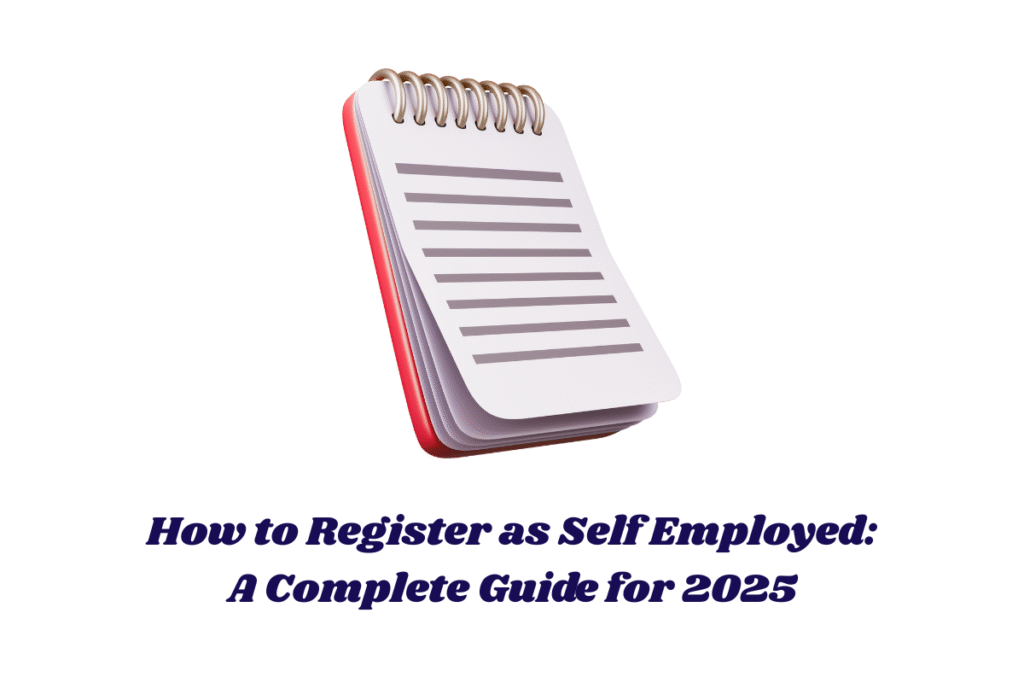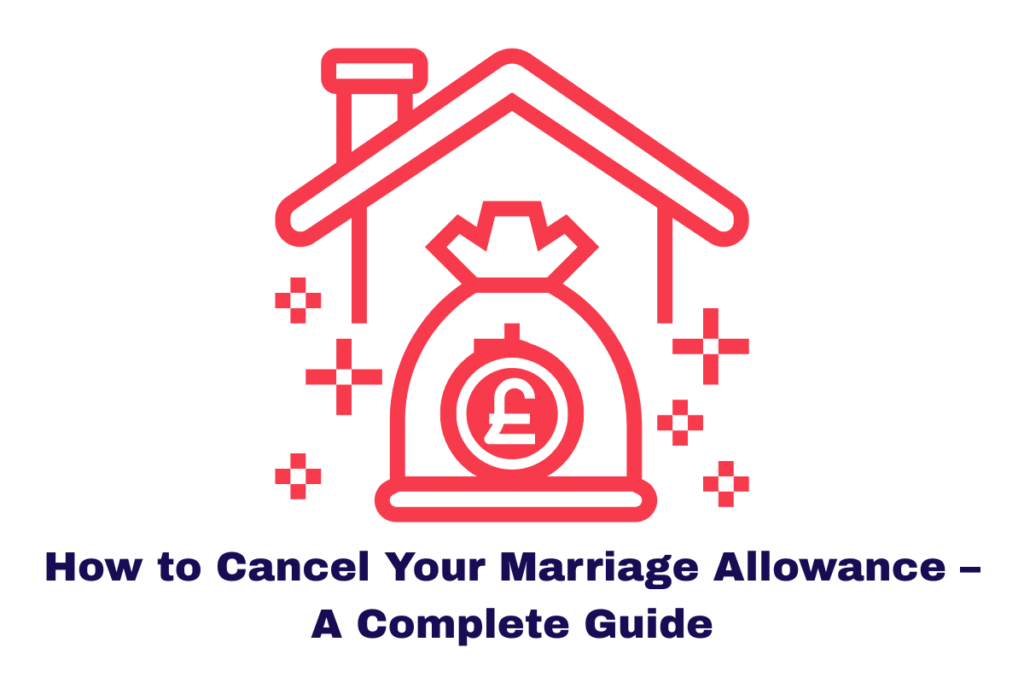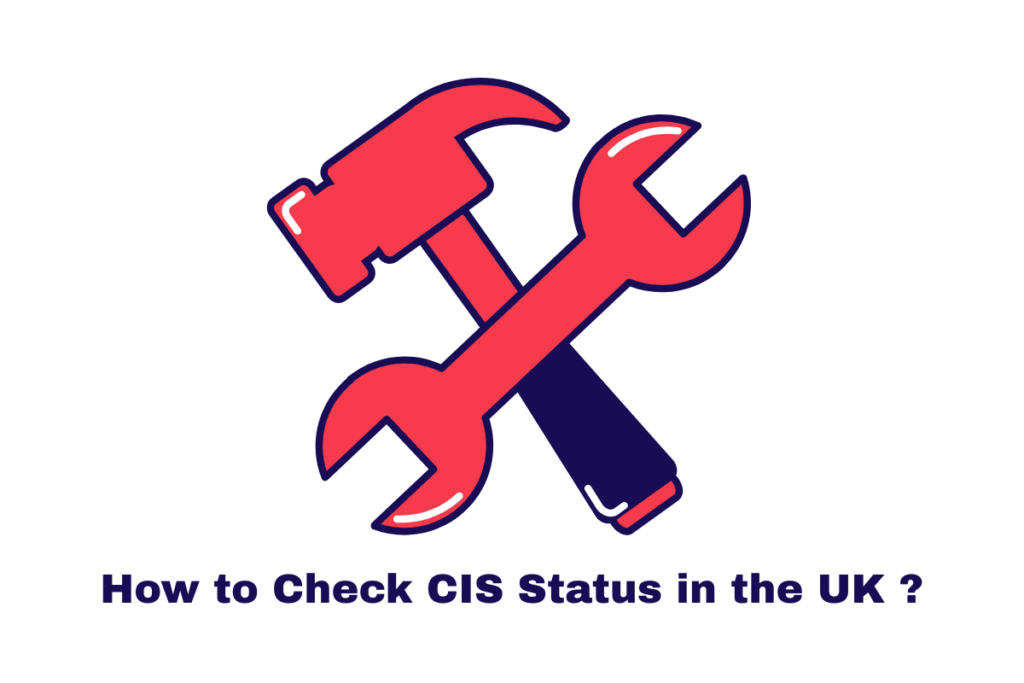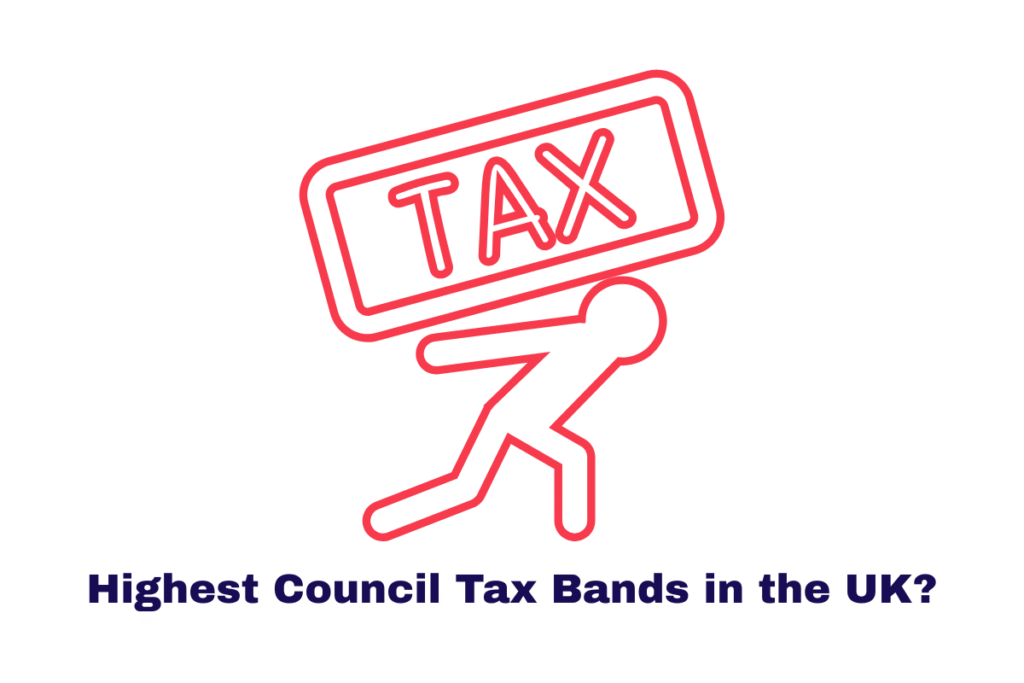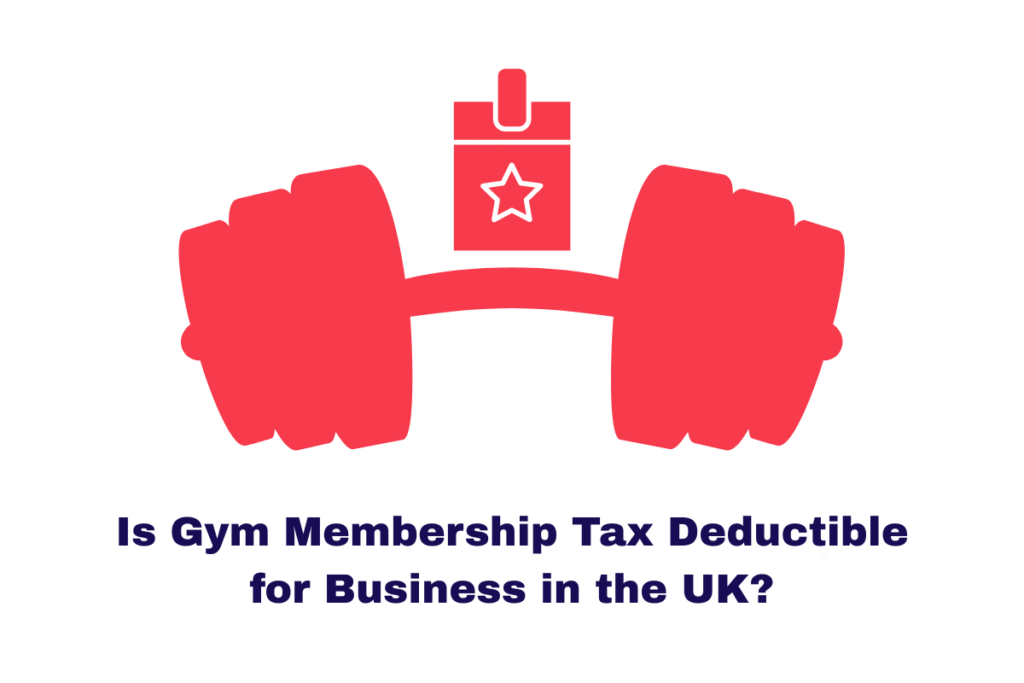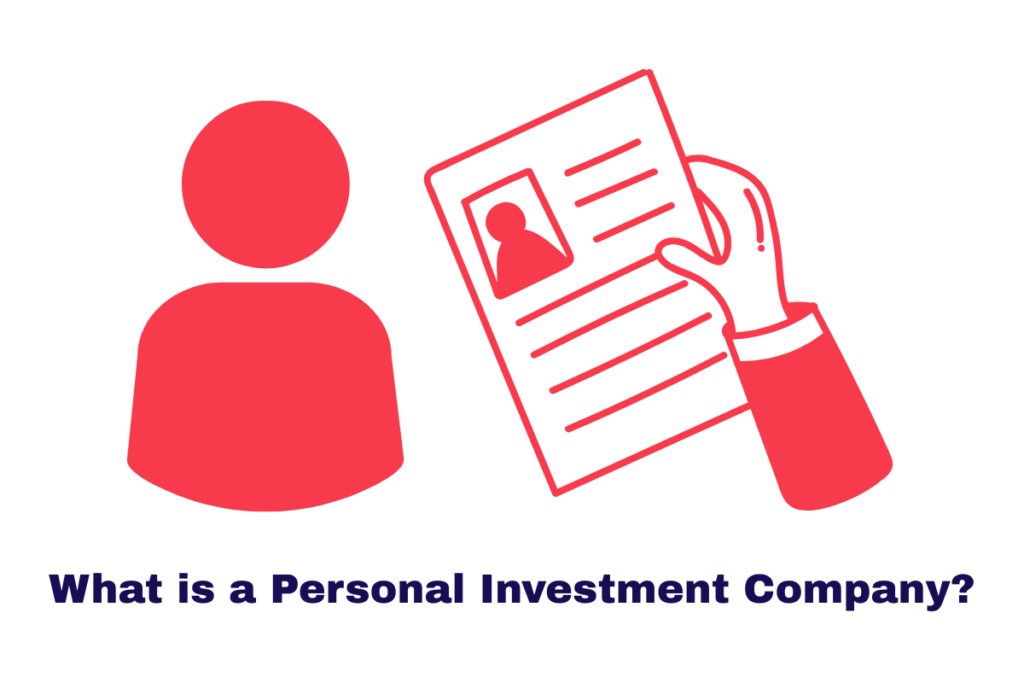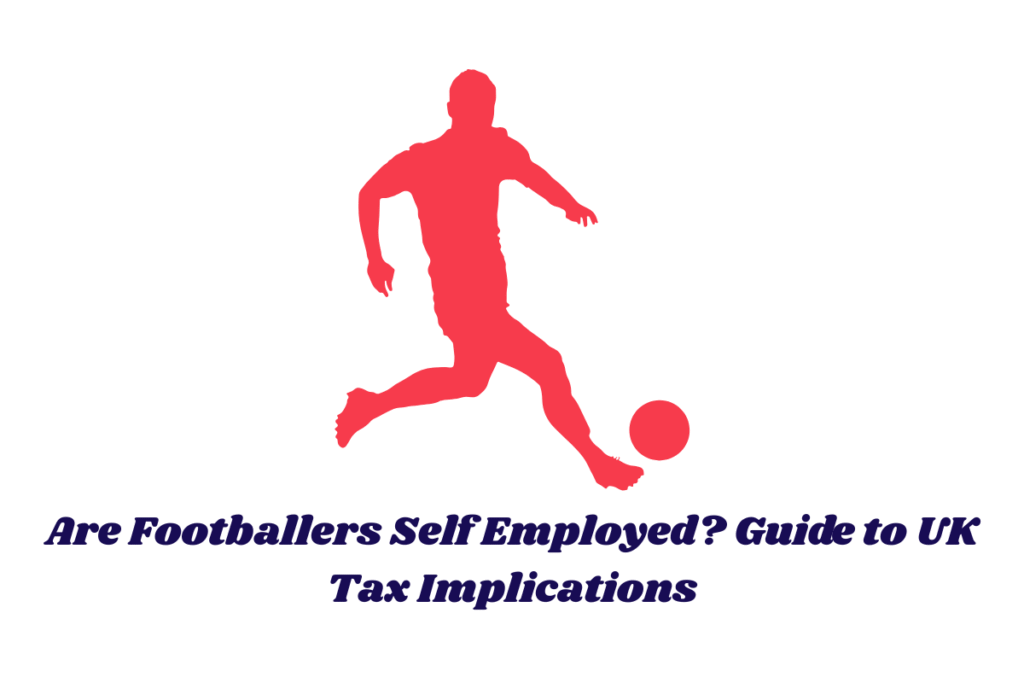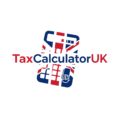Breaking free from the 9-to-5 grind and becoming your own boss sounds exciting, but before diving into self-employment in the UK, there’s one crucial step to take: registering as self-employed with HMRC. Understanding how to register as self employed ensures you remain compliant, avoid penalties, and take full control of your finances.
Summary
“Understanding registration is the first step in securing your financial independence as a sole trader or freelancer.”
What Does Being Self-Employed Mean?
Being self-employed means you run your own business and are responsible for its success or failure. This includes freelancers, sole traders, contractors, and gig workers who manage their own tax and National Insurance obligations.
As per HMRC’s guidance, you’re likely self-employed if:
- You run your business for yourself and take responsibility for its success or failure
- You have multiple clients at the same time
- You decide how, where and when you work
- You provide the main tools or equipment for your work
- You can hire others to help you
- You sell goods or services to make a profit
Summary
“Self-employed status applies to sole traders, freelancers, and contractors who operate independently.”
Do You Need to Register as Self-Employed?
If you earn more than £1,000 in a tax year (6 April to 5 April), you must register as self-employed. This applies even if your self-employment is a side hustle alongside a full-time job.
For income below £1,000, you can benefit from the trading allowance and may not need to register. However, if you want to claim expenses or declare losses, registering is essential regardless of income.
Summary
“Anyone earning over £1,000 from self-employment in a tax year must register with HMRC.”
You can read more articles on different taxes in the UK:
PIP Rates 2025: Guide to PIP Rates in the UK
What is P800 Refund? How to Claim P800 Refund
What is Withholding Tax? Guide for UK Taxpayers
How to Pay Council Tax Online?
How to Setup Personal Tax Account with HMRC?
Deadline to Register with HMRC
You must register by 5 October following the end of the tax year in which you began self-employment. For example, if you started your business in May 2025, you’ll need to register by 5 October 2026.
Failing to meet this deadline can result in penalties and interest on unpaid taxes.
Summary
“HMRC requires registration by 5 October in your second tax year to avoid fines.”
Step-by-Step Guide on How to Register as Self Employed
Step 1: Gather the Required Information
Before you start, ensure you have:
- Your full name and date of birth
- National Insurance number
- Current address
- Business name (if applicable)
- Nature of your self-employment
Summary
“Preparation with your personal and business information ensures a smooth registration process.”
Step 2: Register Online via HMRC
Visit the official HMRC Self Assessment registration page:
You’ll be asked to create a Government Gateway account (if you don’t already have one). Once done, you’ll receive a Unique Taxpayer Reference (UTR) within 10 days.
Summary
“HMRC’s online portal is the fastest way to register as self employed and receive your UTR.”
Step 3: Choose the Correct Business Structure
Most people register as sole traders, but if you plan to operate through a partnership or limited company, different rules and registration steps apply.
Summary
“Deciding your business structure influences your tax obligations and legal responsibilities.”
Step 4: Set Up National Insurance Contributions
Self-employed individuals typically pay:
- Class 2 NICs: £3.45/week (2025 rate), if profits are over £6,725
- Class 4 NICs: 9% on profits between £12,570 and £50,270, and 2% above £50,270
Learn more here: Self-employed National Insurance rates
Summary
“Paying the correct NICs is essential to avoid issues with pensions and state benefits.”
What Happens After Registration?
Receive UTR and Confirmation
HMRC will send you:
- Your 10-digit UTR (Unique Taxpayer Reference)
- Confirmation of your Self Assessment account setup
Summary
“Your UTR is vital for filing tax returns and identifying your business with HMRC.”
Maintain Accurate Records
From day one, keep records of:
- All business income
- All allowable expenses
- Receipts, invoices, and bank statements
You may use spreadsheets, software, or HMRC-recognised accounting platforms like QuickBooks, FreeAgent, or Xero.
Summary
“Bookkeeping from the start helps ensure accuracy when it’s time to file taxes.”
Submit Self Assessment Tax Returns
Each year, you must:
- Submit a Self Assessment tax return online by 31 January following the end of the tax year
- Pay any tax owed, including payments on account if required
Use HMRC’s online calculator or try this guide: How to file your Self Assessment return
Summary
“Filing your Self Assessment on time avoids fines and ensures you stay in good standing with HMRC.”
Tax Planning Tips for the Newly Self-Employed
Understand Allowable Expenses
You can deduct legitimate business costs to reduce your taxable income, such as:
- Office rent and utilities
- Travel and vehicle costs
- Business insurance
- Software subscriptions
Full list: Allowable expenses for the self-employed
Summary
“Claiming the right expenses can significantly reduce your tax bill.”
Be Prepared for Payments on Account
If your tax bill exceeds £1,000, HMRC may require you to make advance payments towards the following year’s tax.
Summary
“Payments on account can catch people off guard, so budgeting ahead is crucial.”
Open a Business Bank Account
While not legally required, a separate bank account makes it easier to manage your finances and track business-related transactions.
Summary
“A dedicated business account simplifies tax calculations and improves financial clarity.”
Dual Status: Employed and Self-Employed?
It’s possible to be both employed and self-employed. For instance, you might work full-time while freelancing evenings or weekends.
In this case, you’ll still need to register as self-employed and declare only the self-employed portion of your income through a Self Assessment return.
Summary
“You can hold dual status, but you must declare your self-employed earnings separately via Self Assessment.”
Final Thoughts: Set Yourself Up for Success
Learning how to register as self employed is the gateway to financial independence, flexible working, and entrepreneurial freedom. With the right preparation and tools, it’s a straightforward process.
Remember to:
- Register before the deadline
- Keep excellent financial records
- Use available HMRC support
- File your Self Assessment tax return on time
Whether you’re launching a full-time venture or starting a side hustle, registering as self-employed legitimises your income, reduces stress, and unlocks various tax benefits.
Summary
“Getting registered is the first serious step towards financial freedom and legal compliance as a self-employed professional in the UK.”
The content provided on TaxCalculatorsUK, including our blog and articles, is for general informational purposes only and does not constitute financial, accounting, or legal advice.
You can also visit HMRC’s official website for more in-depth information about the topic.
